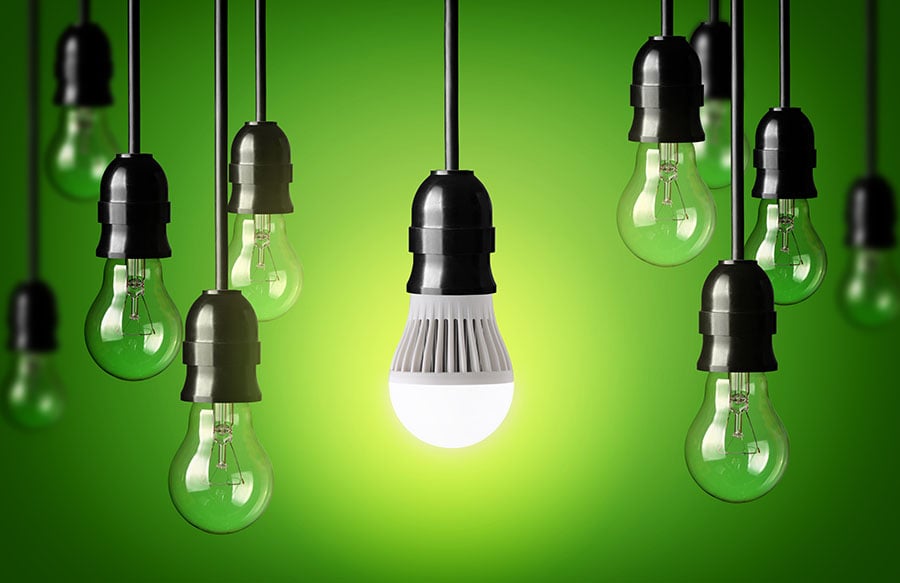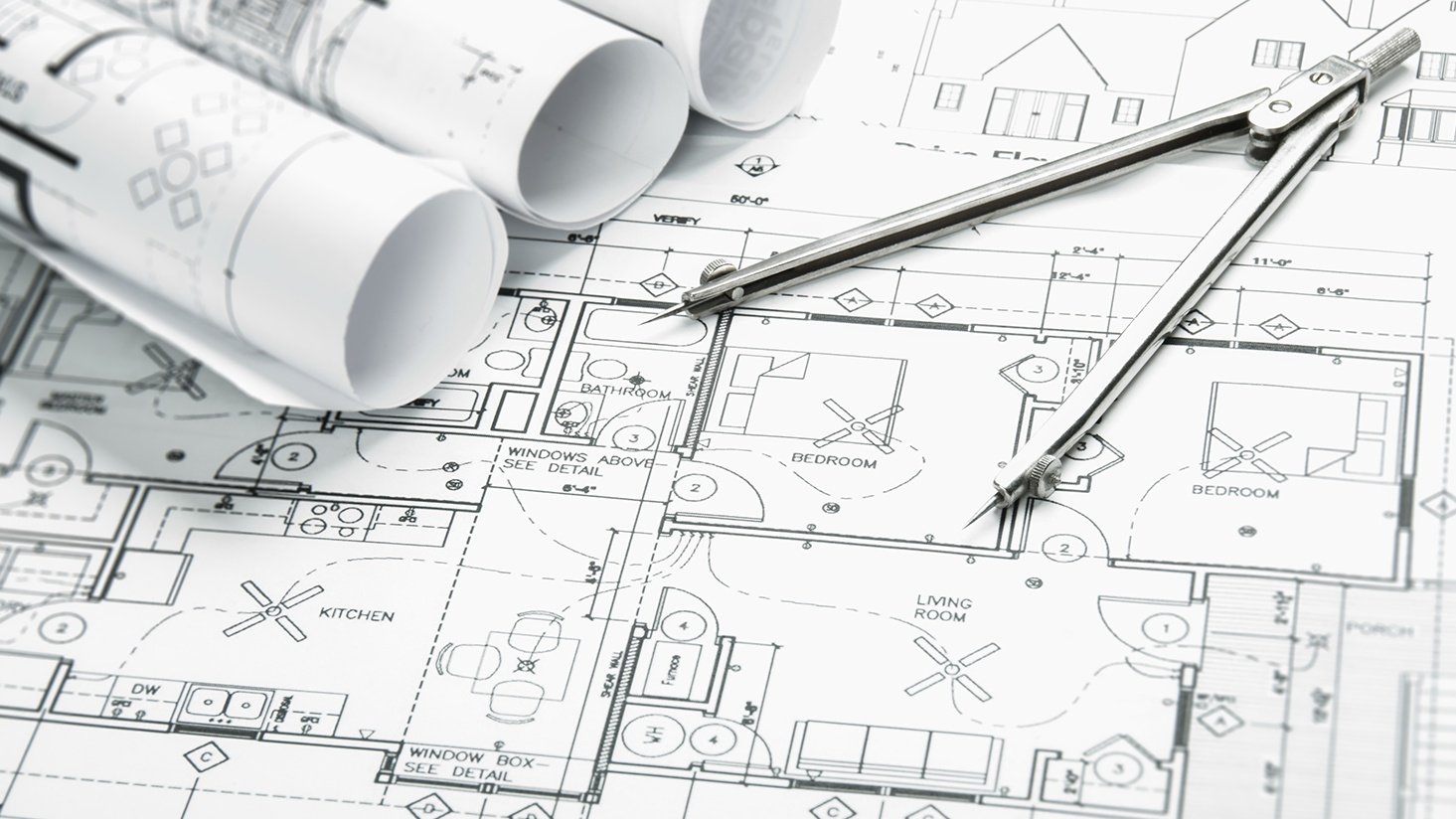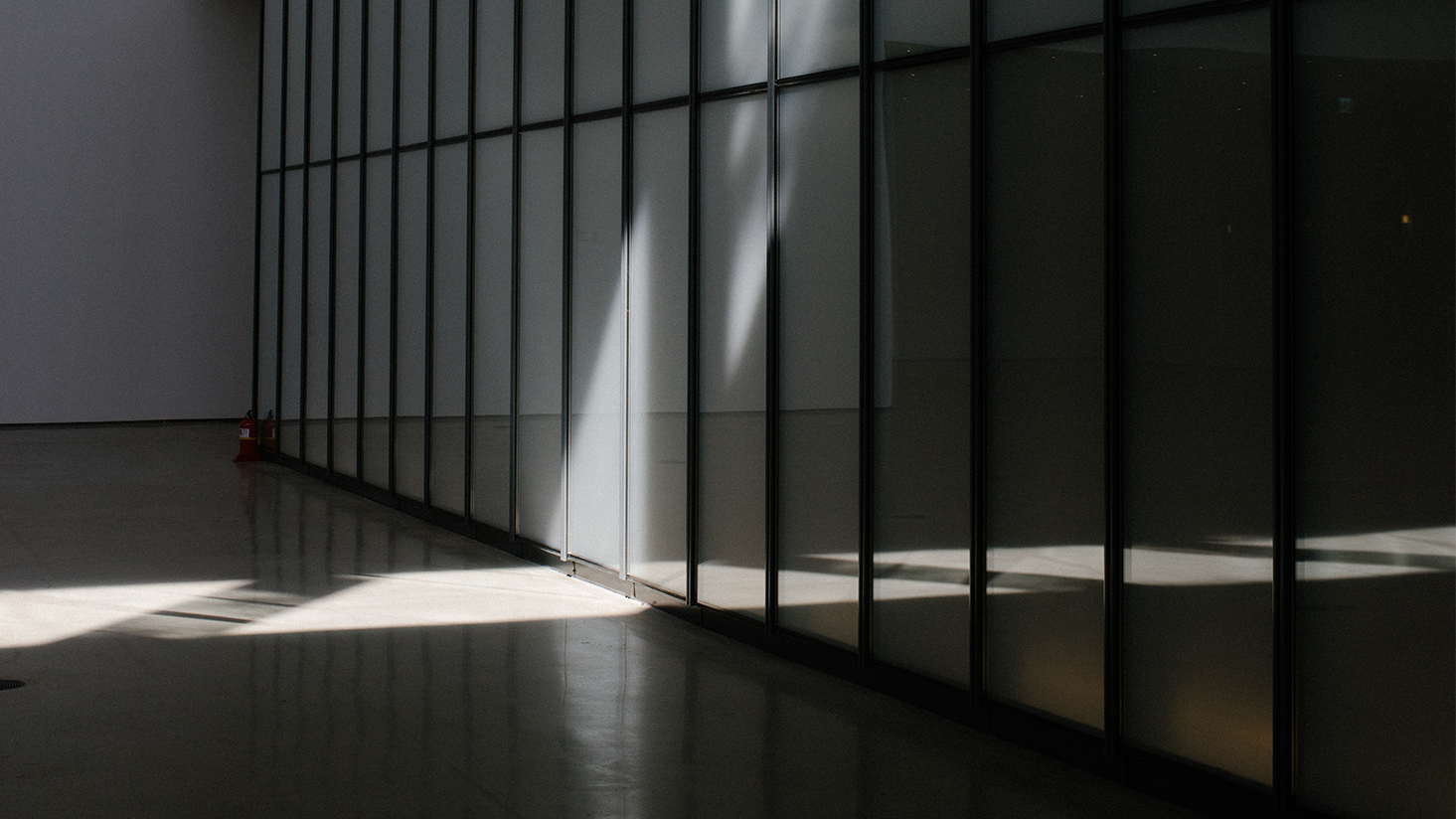How to calculate energy savings for lighting only: A step-by-step guide

This is the first in our series of blog posts meant to take the mystery out of savings and payback calculations for lighting. Regardless of your role within a company, from design to energy to construction to maintenance, a lighting project will likely come across your desk at some point. We are here to arm you with some simple tools to make sense of the numbers.
Start with the basics
Lighting-only energy savings is essentially the money you save from the simple wattage reduction when switching to more efficient lighting products. A “lighting-only” number is a good place to start because it is the most conservative savings calculation in a lighting retrofit and it represents the bulk of the savings you will capture on most retrofit projects. Further, it is to be trusted. It's plain science and math.
From here we'll review the specific step-by-step calculations, but we've also included a calculator you can use to determine savings and payback at the bottom of this post.
For our example, we will assume that you are replacing a 90 watt PAR 38 bulb with a 14 watt LED PAR 38. Let’s get started!
Step 1: Gather your facts
You will need to pull together the following items before we dive into the calculations.
- Old product wattage: In our example this is 90 watts.
- New product wattage: In our example this is 14 watts.
- Running time: How much time out of the day is the product lit?
- How many hours per day is the product lit? We will use 12 hours.
- How many days per year is the product lit? We will say 360 days (holidays are nice, right?).
- Electricity rate: This can be tricky depending on the utility rate you are paying, but a reasonable national average is $0.10/kWh to $0.14/kWh. For our example, we will use $0.12/kWh.
Step 2: Calculate energy savings per bulb
Once you have all of your information together, the best place to start is to calculate the energy saved for each bulb replaced.
| Old Product Wattage | |
| – | New Product Wattage |
| = | Energy Savings per Bulb |
| 90 Watts (Old Halogen) | |
| – | 14 Watts (New LED) |
| = | 76 Watts Saved per Bulb |
Step 3: Calculate annual running time
The amount of time that a product is lit has a significant impact of savings and payback.
In our example, we assumed the lighting is on 12 hours per day and 360 days per year.
| Daily Run Time | |
| x | Annual Days of Operation |
| = | Total Annual Run Time |
| 12 Hours per Day | |
| x | 360 Days per Year |
| = | 4,320 Hours |
Step 4: Calculate total annual energy savings
Total energy savings is figured out in total kilowatt-hours, or kWh – the measurement your utility company uses to track your energy consumption. We will divide by 1,000 to convert watts saved to kilowatts saved so the energy calculation is easier.
| Energy Savings per Bulb | |
| x | Total Annual Run Time |
| ÷ | 1,000 |
| = | Total Energy Savings |
| 76 Watts Saved per Bulb | |
| x | 4,320 Hours per Year |
| ÷ | 1,000 |
| = | 328 kWh Saved |
Step 5: Calculate annual dollar savings
Okay, so we know we’re saving a boatload of electricity, but we need to see how it translates to real dollars.
| Total Energy Savings | |
| x | Electricity Rate |
| = | Total Dollar Savings (from Lighting Only) |
| 328 kWh Saved | |
| x | $0.12/kWh |
| = | $39.36 Saved per Bulb per Year |
Now that you’re a pro on figuring out how much you can save per bulb, you can scale to any size product and get a “gut-check” on the savings estimates that find their way to your desk.
Lighting upgrade energy savings calculator
Now that you're familiar with the calculations for energy savings on a lighting retrofit, you can also use our energy savings calculator below. And if you have a project you'd like to talk to a lighting specialist about, let us know here.
Additional Resources:










